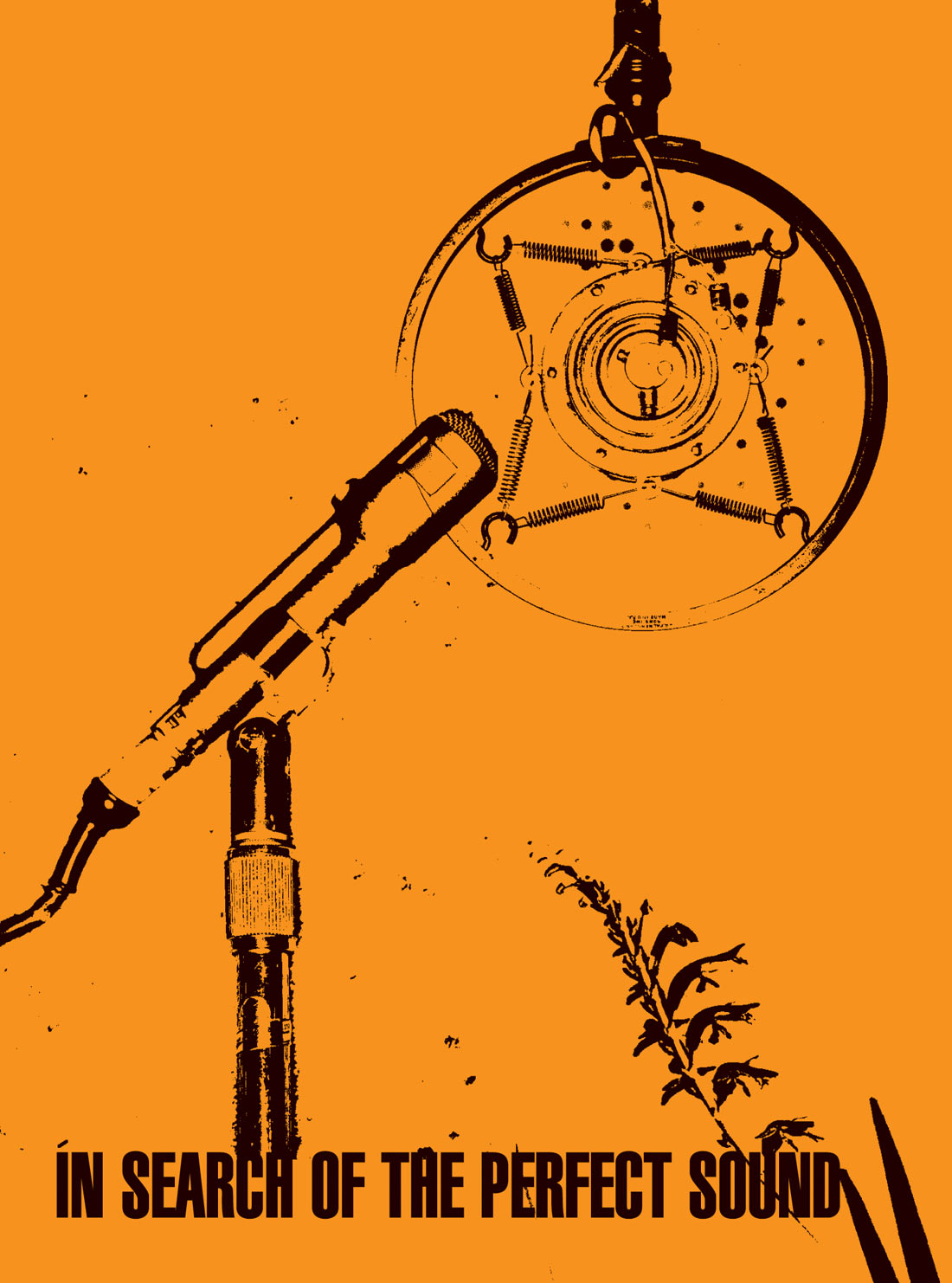I've been on a mission over the last seven or eight years to find a reverb plug-in that fills the void left by not being able to place a microphone, say, 5-20 ft away from a source. I've used just about every big-time reverb plug-in out there, and while some are better than others in terms of "believability," I'd easily place Exponential Audio's R2 Stereo in a first-place tie atop my list.
After a few days of using it, and being continuously baffled by how good it sounded, I reached out to its developer, Michael Carnes (whose name you may recognize from his many years at Lexicon as principal engineer), for some enlightenment. His response helped me to put some pieces together: "Many earlier classic reverbs had all sorts of noticeable modulation. This was originally done because the modulation helped break up room modes. It wasn't natural, and no modern reverbs use those techniques any longer. But it turns out that a lot of people liked the sound of the modulation. So I wanted a reverb where that could be an artistic component rather than a technical workaround."
With that information in mind, I dug a little deeper into R2 to see what it was made of. One reverb litmus test of mine is the quality of the plate setting. To me, a boring plate is just... well, boring. Much like I do with Pad Thai or Mattar Paneer, I find myself keeping mental notes on my favorite plates, and R2's was again among the most musical that I'd ever used. (It should be noted that R2 offers a very extensive library of presets to choose from, as well as several variations of those presets depending on what you're looking for.)
Allow me to explain. There are two key factors that have made me abandon most of my other reverb plug-ins for R2. First, the reverb tail is full of motion and grit, so it doesn't sound like an algorithm or convolution. Don't get me wrong, it'd probably lose in a shootout with a real EMT 140, but most of us don't have one of those lying around. The thing with most digital reverbs is that they sound "soft" to me, as if they don't contain quite the level of sonic interest that occurs when recording actual ambience or using a physical spring or plate. To my ears, R2 gets you a heck of a lot closer; I have little fear that I'm going to make my mix more "digital" sounding when I pull up the aux fader. You can even control the type of chorus that's shaking the reverb, which is a really nice option to have depending on what sort of depth you're looking for. The second factor, which should not be overlooked, is that R2 sits nicely in my mixes without equalization, aside from a high or low-pass filter, depending on the scenario. Obviously, you and I mix differently, but I feel that so long as your sounds are generally balanced, incorporating R2 should be effortless. If your work experience sounds anything like mine, I strongly suggest giving R2 Stereo a trial run.




_disp_horizontal_bw.jpg)